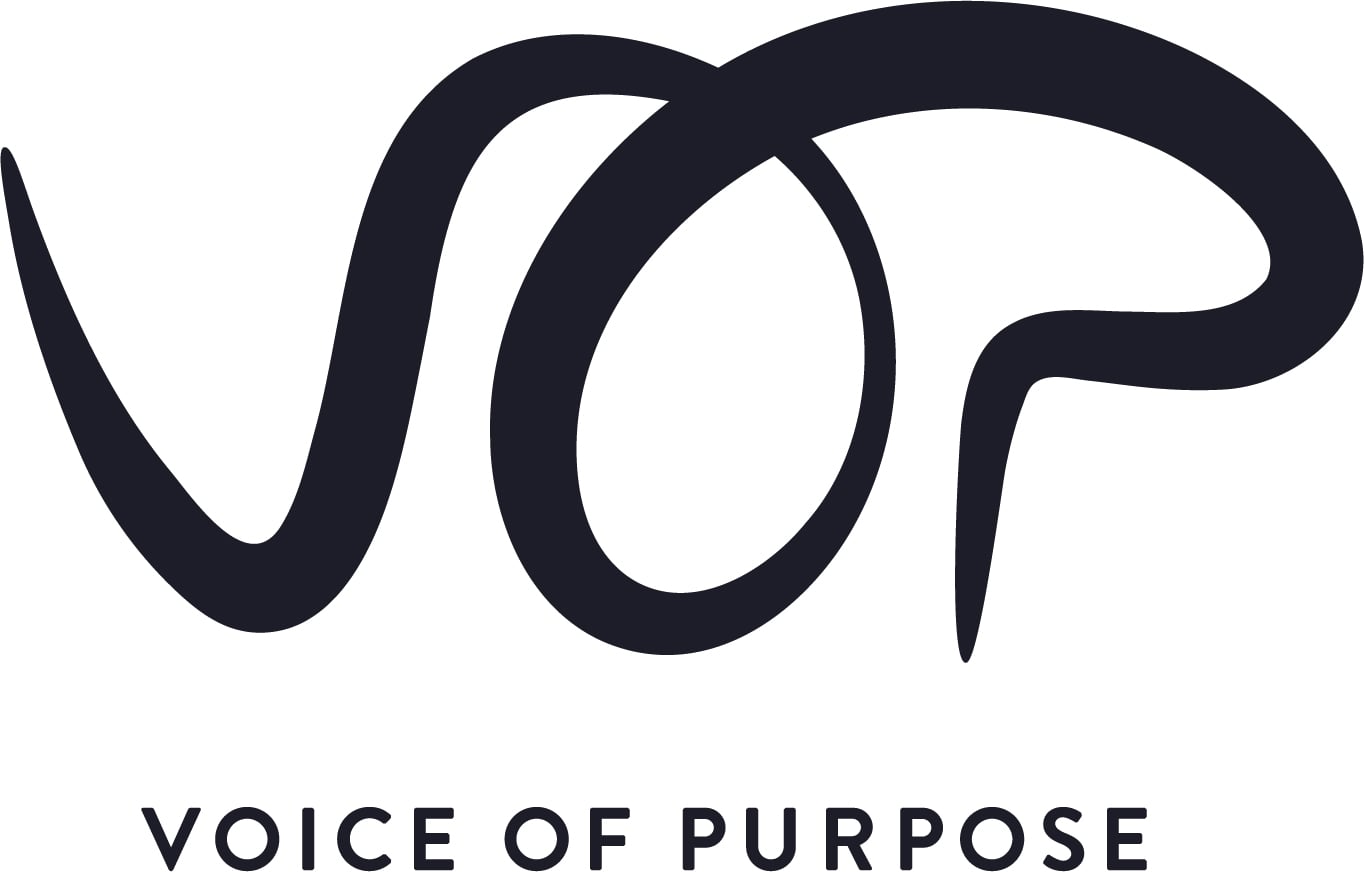Prior to the pandemic, attending events, classes and our work days online was a contingency plan for some, and not an option at all for others. Fast forward to today, where remote job positions, e-learning and online classes are the most accessible they’ve ever been – and in some cases are now the default option.
A lot of arts educators have now experienced both sides of the sector: hands-on, in-person learning and our current reality – the digital age of education. But what happens when arts educators, programs and participants are not able to easily slide from in-person to online? What happens when the most “accessible” option for most, is the least reliable option for some? This is what we call the digital divide, and its intersection with financial and systemic barriers, is a challenging and less spoken about caveat for a lot of communities. For those who do not always have access to their basic needs, providing and accessing opportunities, classes and offerings online, became its own barrier.
“We cannot assume that digital online is the best way of working, the digital world is still not accessible to many segments in our communities. And that means that we’re leaving many behind.” – Arts Funder
Within our research, it became clear among participants that the barriers to digital learning must be acknowledged and addressed holistically – this means taking a look at how all social systems connect and influence each other, rather than treating digital learning as a completely independent process. For example, research participants spoke about the need to look at the financial and structural barriers that exist on a systemic level.
How does this connect? Well, let’s say an arts learner or educator is navigating a low income stream as well as systemic limitations (for example: having income restrictions if one is legally registered with a disability, or struggling to access safe housing due to their identity). This financial and structural barrier may then directly impact their ability to afford home internet or access safe/reliable internet. This exemplifies how layers of systemic barriers can work in tandem to create real-life deterrents.
Now, large-scale systemic issues will take time to dismantle, but in the meantime, there are ways that we can address the financial gaps that come with digital learning. An arts administrator shared an example from their experience:
“One of the organizations I was working with had a technology bursary for ‘at-risk’ youth, and participants who did not have materials to access internet… that’s just something that I think maybe should be part and parcel of programming moving forward, is how can we provide technology for participants who can’t access it” – Arts Administrator
In addition to financial barriers, another major factor is digital literacy. It’s important to ask the questions: Who has the digital dexterity to seamlessly understand and make use of technology, and who does not? Are we running with the assumption that all arts educators and participants have the necessary skills to make this pivot with their art forms?
Research participants shared that many artists do not have the technological competency required to effectively teach their art forms online. This is especially true for artists who rely on in-person engagement to teach and benefit from (dancers, musicians, Indigenous arts, example).
Some solutions to help increase digital literacy could be to provide guidance, technical support and professional development classes/opportunities that can serve as training on how to understand and work within a digital environment. On a holistic level, this would not only technically support the digital divide, but it would also provide opportunities for morale boosting, self–confidence and a renewed joy in arts education.
